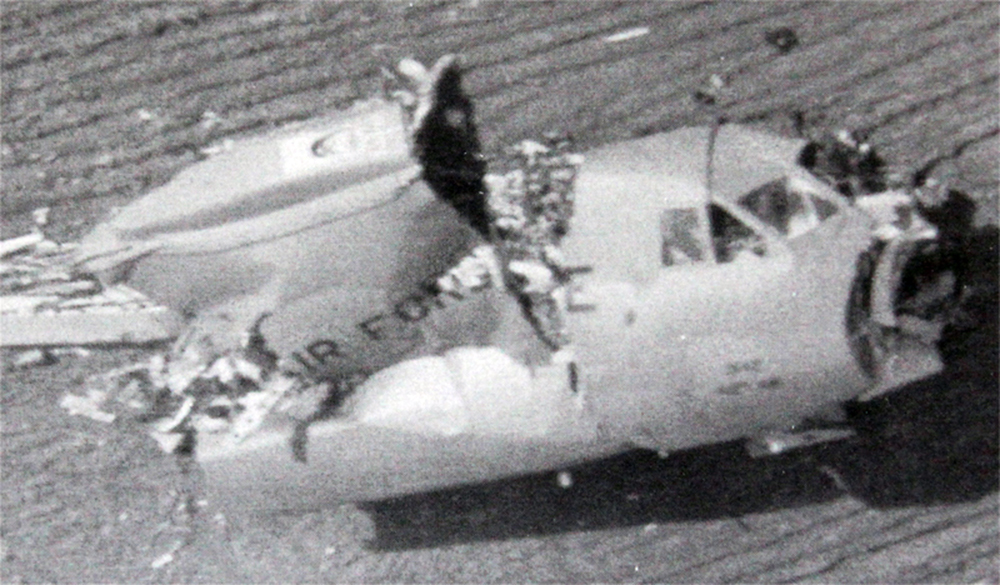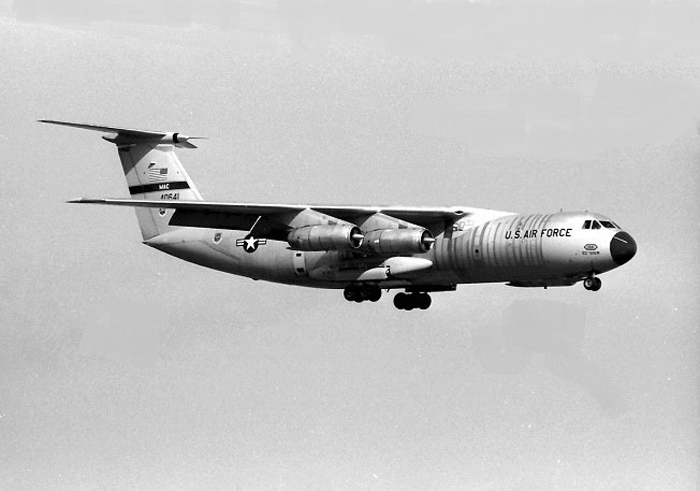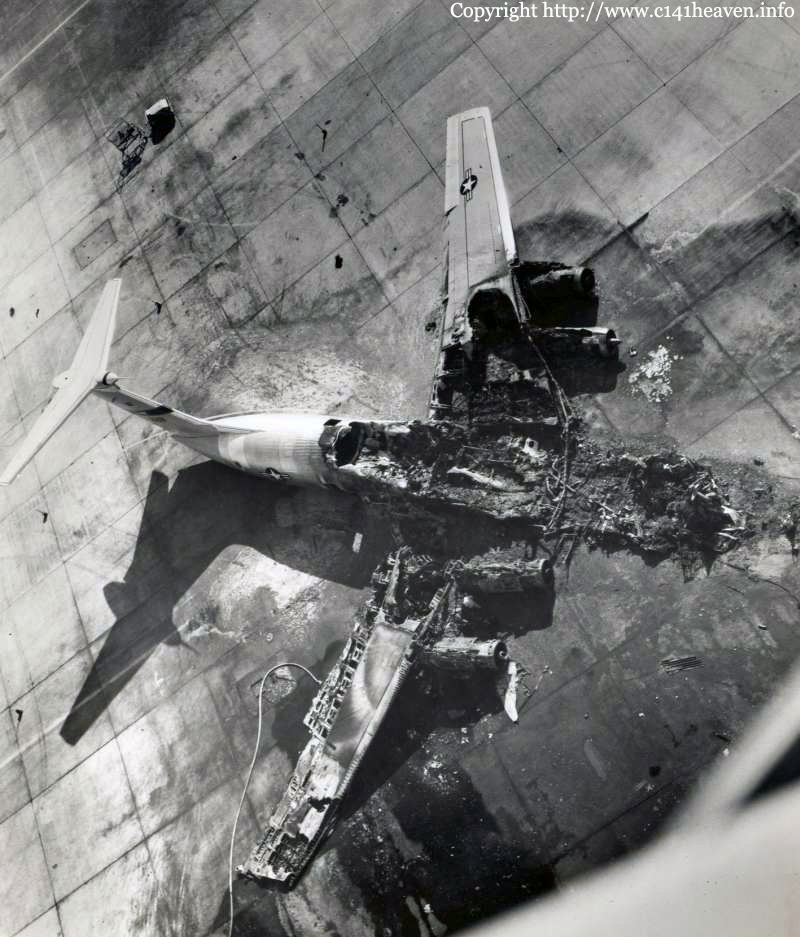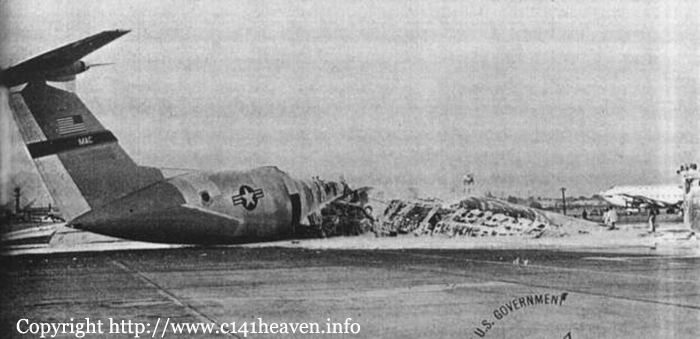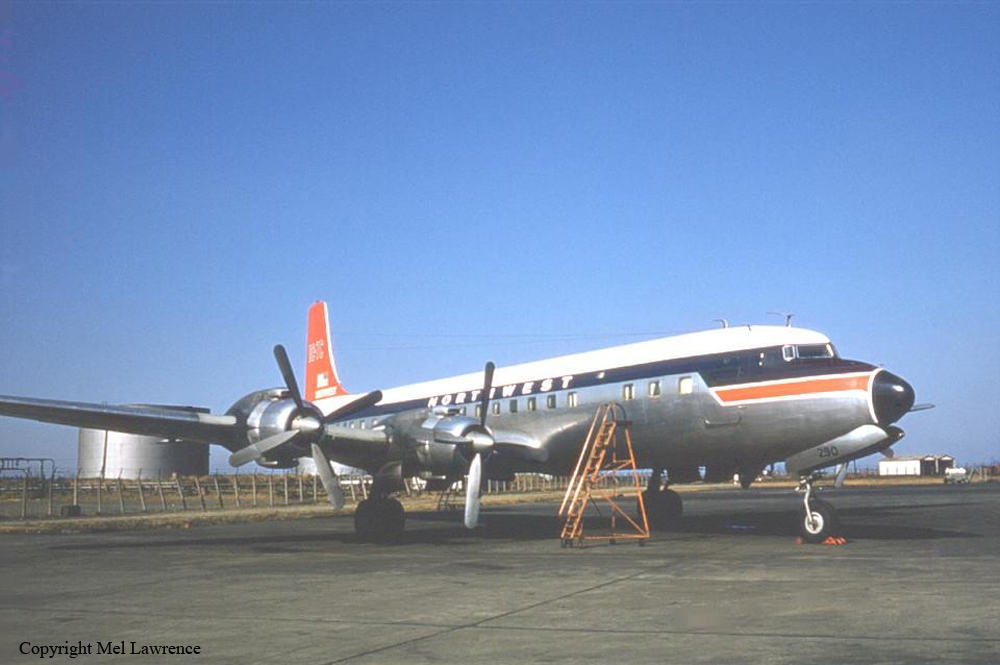Crash of a Lockheed C-141B-LM Starlifter near Harlem: 7 killed
Date & Time:
Nov 30, 1992 at 2120 LT
Registration:
65-0255
Survivors:
No
Schedule:
McChord - McChord
MSN:
300-6106
YOM:
1965
Crew on board:
7
Crew fatalities:
Pax on board:
0
Pax fatalities:
Other fatalities:
Total fatalities:
7
Aircraft flight hours:
37744
Circumstances:
The aircraft departed McChord AFB on an air refuelling mission over Montana. While cruising at an altitude of 25,000 feet by night, the aircraft collided under unknown circumstances with a second USAF Lockheed C-141B-LM Starlifter registered 66-0142, carrying six crew members and taking part to the same mission. Both aircraft entered an uncontrolled descent, disintegrated in the air and crashed about 14 km north of Harlem. All 13 occupants in both aircraft were killed.

